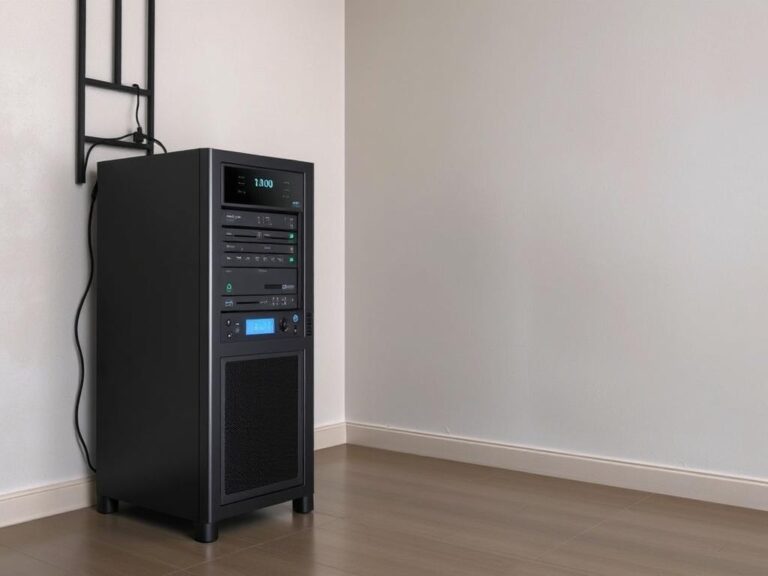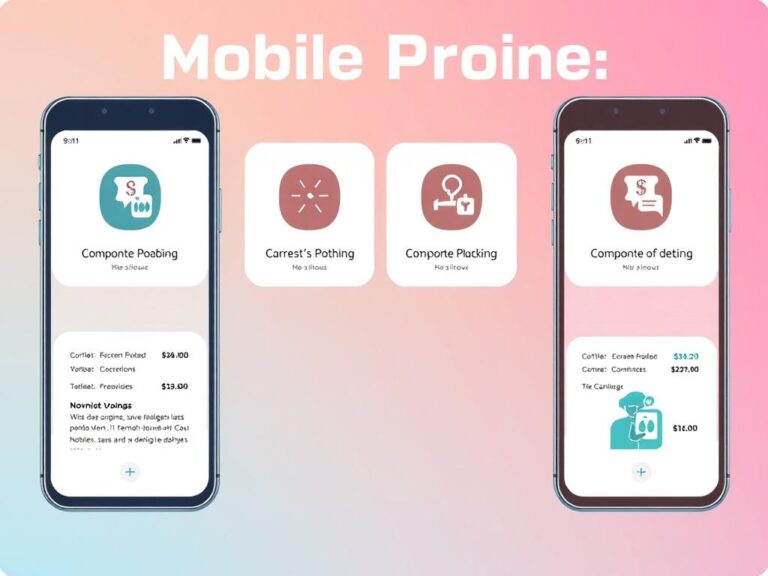
Mobile proxies have become a quiet backbone for many online tasks that demand realism and mobility. If you have ever wondered why some services see your requests as coming from a phone on a carrier network instead of from a server in a data center, mobile proxies are usually the reason. This article walks through the nuts and bolts of mobile proxies, practical applications, trade-offs, and how to pick and use them without tearing your hair out.
What exactly is a mobile proxy?
A mobile proxies for social media routes your internet traffic through an IP address that belongs to a mobile carrier. Instead of a static server IP in a data center, the outgoing address is owned by a telco and typically assigned to a SIM-enabled device on the carrier network. The result: requests look like they originate from a mobile device connected via 3G, 4G, or 5G, which changes how websites and services treat that traffic. That difference matters for access control, geo-targeting, and avoiding blocks that target server-class IPs.
How mobile proxies work
Think of the proxy as a middleman that borrows an authentic mobile connection. Providers either manage physical devices — phones, routers, or USB modems — with SIM cards, or they partner with ISPs and carriers to obtain IPs from mobile address pools. When you send a request through a mobile proxy, it passes through the carrier network and exits with a carrier-assigned IP. Some providers rotate IPs periodically or on every request, while others let you hold a session on one IP for a while. Key technical points: – Carrier-assigned IPs are often CGNATed, which means multiple users may share an address behind carrier NAT. – IP rotation can be session-based, time-based, or request-based. – Some mobile proxies use static SIMs to keep the IP stable for longer sessions, others rely on large SIM fleets for rotation.
Types of mobile proxies
- Static mobile proxies: Keep the same mobile IP for the session. Useful for long-lived logins and tasks that require IP stability.
- Rotating mobile proxies: Swap IPs frequently. Good for large-scale scraping or tasks that trigger anti-bot defenses if requests come from a single source.
- Shared mobile proxies: Multiple users may route through the same mobile IP. Cheaper but less predictable performance.
- Dedicated mobile proxies: Exclusive assignment of a mobile IP to a single user. Higher cost, better control.
Quick comparison: datacenter vs residential vs mobile
| Characteristic | Datacenter Proxy | Residential Proxy | Mobile Proxy |
|---|---|---|---|
| IP owner | Hosting providers | ISPs (home users) | Mobile carriers |
| Detection risk | Higher | Lower | Lowest |
| Latency | Low | Medium | Higher (variable) |
| Cost | Lowest | Medium | Highest |
| Best for | High-volume tasks where cost matters | Versatile scraping, geo-testing | Mobile app testing, ad verification, toughest anti-bot cases |
Common use cases
Mobile proxies are chosen when you need the environment to mimic ordinary phone users. Typical tasks include:
- Ad verification and fraud detection: Check that ads appear correctly across carriers and regions. Mobile proxies expose how campaigns look from real mobile IPs.
- Social media management: Creating or managing accounts on platforms that heavily monitor for bot-like server traffic.
- Price and inventory monitoring: Retailers and marketplaces sometimes block server IPs; mobile proxies reduce that friction.
- Sneaker and ticket purchasing bots: Sites that fight scalpers treat mobile IPs as more legitimate.
- Localization and app testing: QA teams test mobile geolocation and carrier-specific behavior.
Benefits and limitations
- Benefits
- High success rate against anti-bot systems because traffic looks like real mobile users.
- Access to carrier-level geolocation and IP ranges for precise targeting.
- Useful for tasks that require short-lived bursts of realistic traffic.

- Limitations
- Cost is significantly higher than datacenter or many residential proxies.
- Variable performance: mobile networks introduce latency and jitter.
- CGNAT and shared IPs can complicate identity and session handling.
- Legal and ethical constraints: misuse can violate terms of service or local laws.
How to choose a mobile proxy provider
Picking a provider is less about brand names and more about matching features to your workflow. Consider these criteria:
- Network size and carrier diversity. The more SIMs and carriers a provider has, the better your geographic and IP diversity.
- Rotation control. Do you need fixed sessions or automatic rotation per request? Choose accordingly.
- Session handling. Does the provider support sticky sessions and settable session IDs?
- Performance SLAs. Look for baseline latency and concurrent connection limits.
- Authentication methods. Username/password and IP whitelist options should be available for secure access.
- Transparency and logging. Find out what traffic is logged and for how long; this matters for compliance.
- Trial or pay-as-you-go. Testing a provider with a small allocation reduces risk.
Pricing factors
| Factor | Effect on Price |
|---|---|
| Type (static vs rotating) | Static tends to cost more per IP; rotating charges may be volume-based |
| Carrier and region | Some countries and carriers are pricier due to supply |
| Bandwidth | Higher bandwidth increases cost significantly |
| Concurrency | Parallel connections raise the plan level |
Security, legality, and ethics
Mobile proxies are not inherently illegal, but misuse crosses lines quickly. Scraping private data, impersonating users, or conducting automated account takeovers is unlawful or breaches service terms. Also keep in mind:
- Data protection. If you handle personal data, ensure encryption in transit and check how providers store logs.
- Carrier rules. Some carriers have strict policies about reselling connections or using SIMs for proxying.
- Transparency in audits. For regulated industries, you may need to show lawful basis for data collection that uses proxies.
Use mobile proxies responsibly, document why they are necessary, and consult legal counsel for high-risk projects.
Practical tips for deployment and reliability
Working with mobile proxies demands some operational adjustments. These practical lessons save time and headaches.
- Start small. Test with a handful of sessions to see how sites respond before scaling up.
- Session stickiness matters. For actions that involve login or multi-step flows, use sticky sessions or reserve a dedicated IP for the duration.
- Respect rate limits. Mobile IPs often represent shared resources; too many parallel connections attract attention.
- Combine techniques. Rotate user agents, manage cookies, and mimic real device headers to reduce detection probability.
- Monitor performance. Track latency and error rates per carrier and region. Build fallback rules to switch carriers or IPs on failure.
- Use HTTPS always. Encrypt traffic to prevent man-in-the-middle risks and to match real mobile traffic patterns.
Common pitfalls and how to avoid them
- Avoid assuming all mobile IPs are unique. CGNAT can make multiple users share an IP; architect your sessions accordingly.
- Don’t ignore fingerprints. Even with a mobile IP, mismatched browser fingerprinting and headers can reveal automation.
- Watch costs during scale tests. Bandwidth spikes can unexpectedly inflate invoices.
- Expect carrier-specific behavior. Some carriers block certain ports or throttle unusual traffic types.
When not to use mobile proxies
They are not a silver bullet. If you need low-latency streaming, constant high throughput, or very cheap, large-scale crawling, datacenter proxies or cloud solutions may be more appropriate. Mobile proxies shine where realism and low detection risk trump cost and pure performance.
Conclusion
Mobile proxies bring authenticity to online operations that require traffic to appear mobile and carrier-based, but that realism comes at a price and with operational quirks. Choose them when anti-bot systems, ad verification, or app testing demand carrier-level IPs, and approach deployment carefully—test first, monitor constantly, and respect legal and ethical boundaries. With the right provider and sensible practices, mobile proxies can be a powerful tool in your toolkit.





Recent Comments